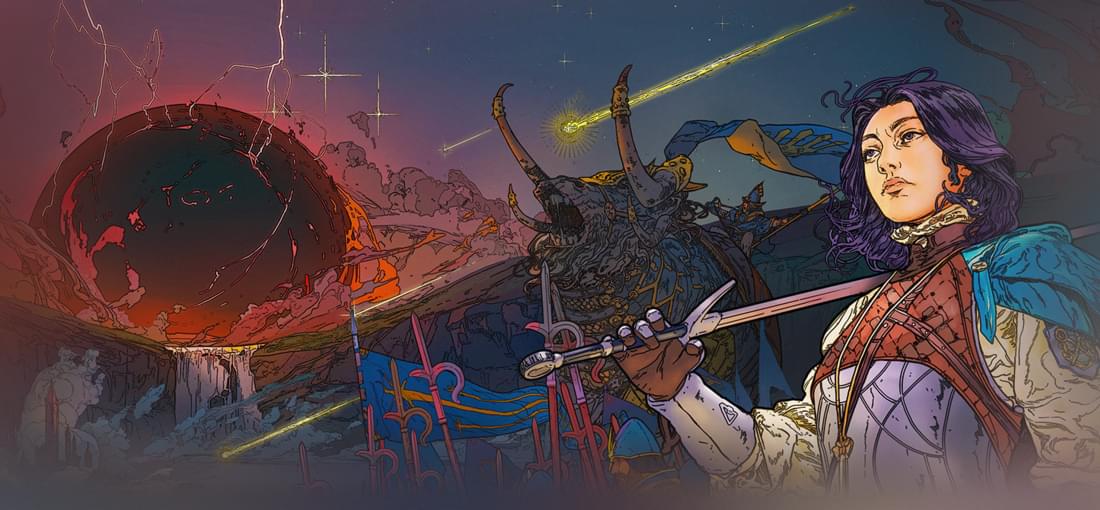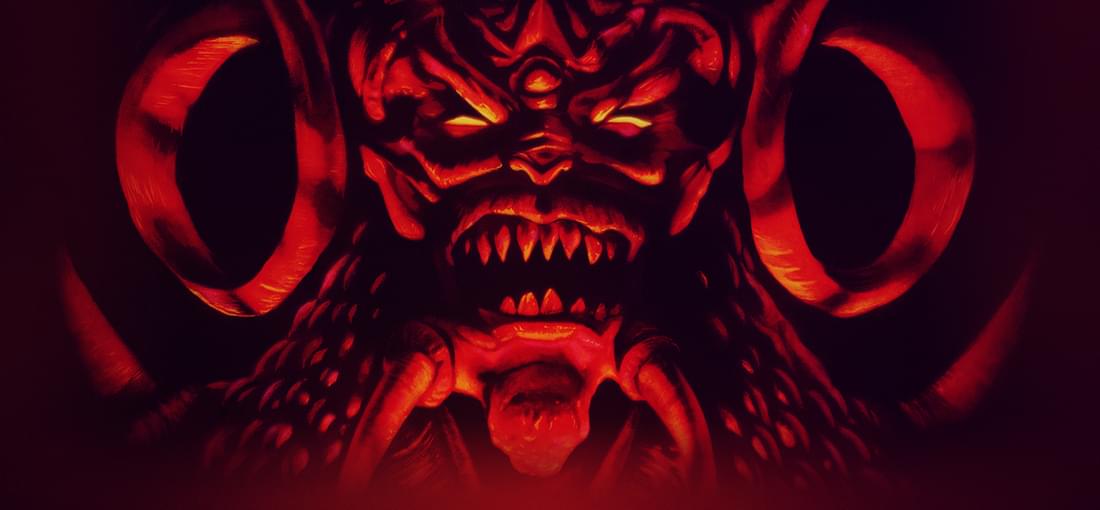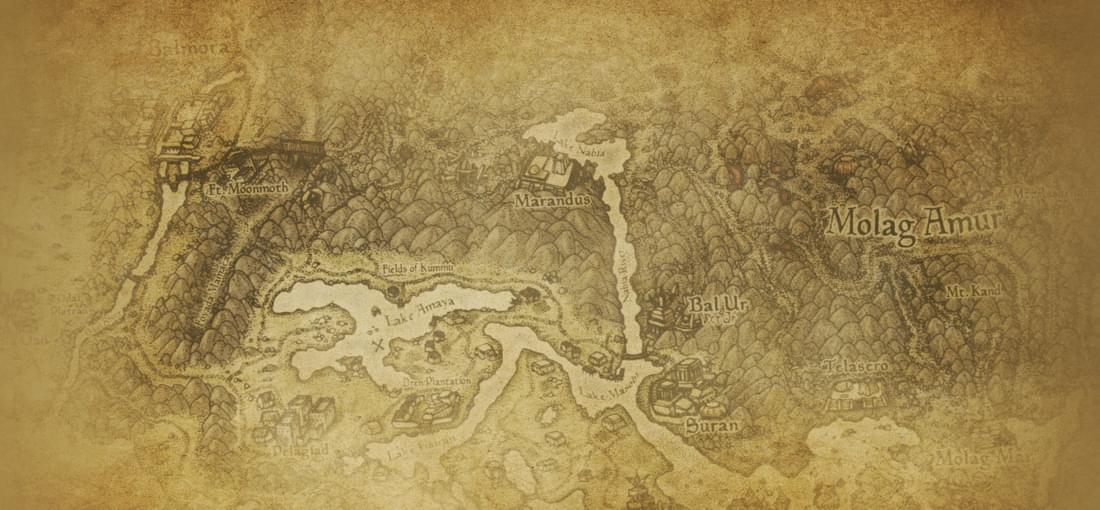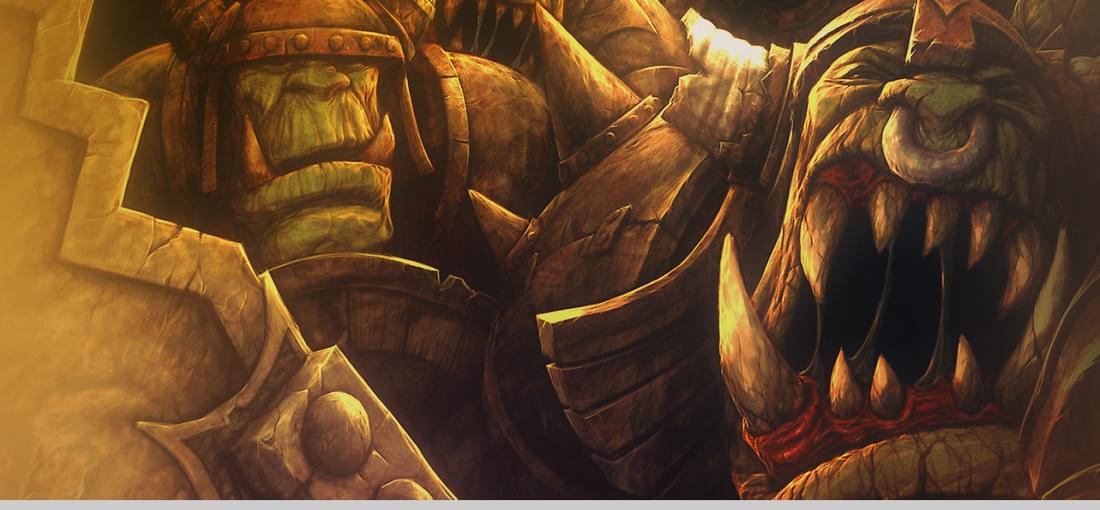


The most impressive feature of Songs of Silence is the setting, which is both beautifully realized and remarkably free of the fantasy tropes that often serve as a shorthand for the genre. The art for everything is as beautiful as the world is defines is unusual. There are no elves, dwarves, or the trappings of normal fantasy, and, therefore, none of the accompanying gameplay vectors those races typically serve as proxies for. The main factions are diverse and quite unlike most in the fantasy strategy genre, with plenty of side factions to encounter, as befits a HoMM-like, with even more diversity given by the heroes which often have abilities to recruit or summon some selection of various subfaction units to your cause. As for the gameplay itself, it is a HoMM-like at heart with a turn-based overworld (separated into a light and dark side) to explore and conquer alongside real-time combat which takes place in a semi-autobattler: during overworld movement, players arrange units in their armies to atttempt to respond to perceived threats in battle. For example, units with charge abilities are probably best put in the front, vulnerable ranged units in the back, etc. But, even here there is room for nuance: perhaps slow, heavily armored infantry can be put in the front to block charges where possible, or perhaps they can be put in the rear to protect vulnerable units from flanking and flying units. In battle, units move and act on their own and fight as arrayed by the player. Players cannot directly control units on the battlefield, but they can use ability cards specific to the heroes. The cards give players just enough control over battles to allow for influence and tactics, while also allowing battles to be fast. In this way, Songs of Silence avoids the late-game slog that many HoMM-likes fall into, especially in the late game, where battles and turns can become horrifically long.

Project Warlock is a blast to play, and not just for nostalgia. On the surface, it looks like one of the homages to classic 90's shooters that has become a bit standard these days: a Heretic/Doom to Dusk's Quake, if you will. To be fair, the level design is deliciously retro, even more so than I anticipated. The structure of maze-like (though not to the point of confusion) levels with treasures hidden behind secret doors reminds me more of Wolfenstein, Blake Stone, or Corridor 7 even more than Doom/Heretic. The episodic game structure also evokes adventures of the DOS era, with each chapter featuring different environments and enemies. What really makes a video game good, though, is the gameplay, and that is where Project Warlock truly shines. The greatest strength of Project Warlock, I think, is its flexibility. Players can specialize their upgrades and loadouts to satisfy a very wide variety of playstyles. Throughout the game players will receive points which they can use to upgrade different aspects of their character, magical spells, or weapons. Every weapon and power in this game is satisfying to use, and all weapons can be upgraded to completely change the weapon. The basic pistol, for example, can be upgraded to be a .50 monster that does immense damage (at the cost of consuming more ammo) or to be a flare gun that can set groups of enemies on fire. Or, you could ignore all weapon upgrades and spend all of your upgrade points on spells that range from defensive barriers that block damage to freezing blasts that turn enemies to solid (shatterable) ice statues to floating orbs that blast nearby enemies with lightning. There is a great deal to unlock and many different methods of play with which to experiment, all wrapped in a relatively fast-paced, retro-style corridor shooter. What's not to love?

I played the original Diablo and its sequel an awful lot in the 1990's and early 2000's. It was one of the first large-scale multiplayer experiences I had and it was a blast: the combat felt visceral and real (the graphical style was very dark and muted compared to other titles of the time) and the enemies genuinely terrifying if you were unprepared. But, like many classics and trendsetters of the mid 1990's, this game has not aged particularly well. Character specialization is minimal compared to more modern variants of the genre and weapons are not very distinct. Also, level design is pretty bland compared to more modern titles. While levels are somewhat randomized, you will be wandering around claustrophobic corridors in various color palletes for the entire game. This game was groundbreaking back in the day: the variety of enemies, randomized weapons, learnable spells, characters in town, and quests are all memorable, and the dungeon crawling is a blast. I still remember most of the bosses that you encounter in the game. But, it is still hard to recommend this game in 2019. This game opened up a genre that has been very well explored in the intervening 23 years, and there is not a single aspect of this game that has not been better done somewhere else. Torchlight, Titan Quest, and Grim Dawn (and many others) took the formula and improved on it so greatly that the original is hardly worth playing today. All that said, if you want to see how the dungeon crawling ARPG genre began in earnest, get this title and try it out. Hoepfully someday we can also get the sequel on GoG, as well!

This title is still the definitive example of what an Elder Scrolls game, or really any open-world role playing game, can be. The huge variety of abilities, spells, weapons, and build approaches make just planning out a character a joy on its own. But, then using that character to interact with a varied, rich, and expansive world full of different people, factions, and quests is nothing short of amazing. Morrowind provides an opportunity that few other games do: the feeling of progress from being weak and defenseless in the beginning to a truly powerful being at the end. The magic, enchantment, and weapon customization options are far beyond that of any other game I have played, but you (and your character!) must earn your ability. What really makes Morrowing stand out, not only from other Elder Scrolls games but also from most RPGs, is the huge variety of meaningful, interesting quests which often have many different resolutions depending on the way you choose to approach them. Almost any build of character can be viable and useful, and the only other games I can think of that offer the player such accomodation for their choices are Deus Ex and Baldur's Gate. Speaking of quest variety, even discounting the epic main questline, which contains, in my opinion, a much deeper and nuanced story than any Elder Scrolls since, each guild/faction offers a series of quests that is equally long and deep. Do not expect to become leader of the mage's guild after only 6 short quests in this game!

Despite what may be the most generic-sounding title ever conceived, Fantasy Wars is a quietly brilliant little strategy game. Each of the three factions has dozens of different units, upgrades, abilities, heros, and items to use, and the different terrain types and river crossings ensure that you will need to use all of these features to win. What I really like here is that many different army compositions are viable and no units types feel superior; you must use everything you have to win. The story is nonsense, but who cares?